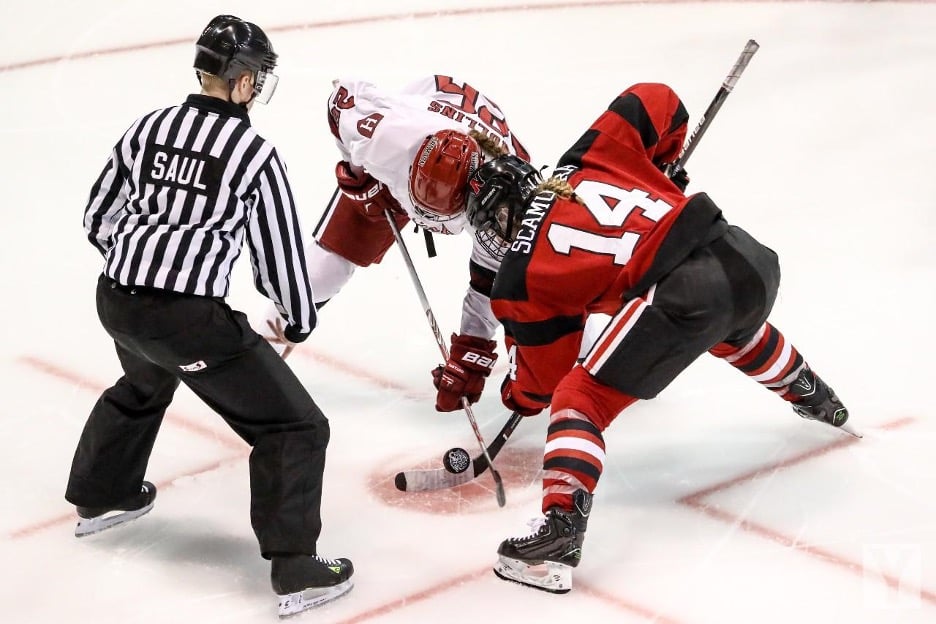There was a time when ice hockey was thought of as basically a fast-paced sport that was interrupted by fights – or sometimes the other way around. But the sport has changed in recent years and, although there are still some fights to excite the crowd, technology has brought ice hockey into the 21st century.
Some of these advances have benefitted the players, while other advances have helped provide fans with the best Stanley Cup betting odds. Just like every other major sport, ice hockey is changing and adapting in line with the improved technology that can make it an even more addictive spectacle for the fans.
Tracking Technology
We are all used to the graphics that pop up on the screen while we are watching our favourite sports. But have you ever wondered how the information is relayed so quickly? Whereas in the past we would have had to rely on the commentator and his team to check the record books, now we have technology to tell us almost instantly.
That is down to chips inserted in the pucks and in the clothing of the players. The data that is collected by these chips not only help the viewer better understand what is happening in the game but it is also used by the teams themselves to identify strengths and weaknesses in their rosters.
Clothing and Equipment
Speaking of clothing. Back in the 19th century, ice hockey players wore rudimentary uniforms and used actual tree branches for sticks. It is fair to say that the equipment has changed a little since those early beginnings. Not only does this make ice hockey a safer game, but it helps the players on an individual basis too.
Obviously, it would not be wise for a player to go onto the ice without protective safety gear. But it would also not help if the gear were so heavy that the game slowed down dramatically. New technology has been able to produce lighter and more durable safety gear that can be individualized for different shapes and sizes.
Evolution of Training
We touched on this when we were talking about the tracking technology. That has undoubtedly helped the viewer at home learn more about the game. But by analysing all the data that comes off these tracking devices, coaches know exactly where there are weaknesses in any team.
Not only has technology helped design diets and nutritional plans for these athletes, but it can also turn performances into numbers that can be crunched in any way the team desire. By reducing performances to numbers the teams can work on improving by just 1% to make things better, if needed. The results are then shown out on the ice.
Figure 2 Advertisers have benefited from technological advances too
New Tech for Broadcasters
The NHL is the biggest ice hockey league in the world and it is watched by millions across the globe. That invariably means that advertisers are keen to spend a lot of money for airspace that can reach well beyond just the fans in the arena. This season has seen an innovation in that area that has brought in even more money to the league and the teams.
The all-new digitally enhanced dashboards (DEDs) surround the ice rink and can be changed by the broadcasters themselves depending on the market. It allows the broadcaster to digitally erase and replace adverts on the boards that are visible to the camera. The financial implications of this technology are a real boost for NHL teams.
Fans Benefit from Technology
Most of the technology described here will benefit the players, teams and broadcasters of the NHL and ice hockey in general. But the fans are not being left out of the equation. Anything that provides more information about the game can only help the viewer at home or in the arena.
Innovations like the video review system may reduce poor decisions and stop post-game arguments (although the VAR system in soccer has hardly had that effect in most leagues). More data will also help those keen to place a bet or play fantasy ice hockey. Ice hockey has embraced technology without diminishing the excitement of the sport. Fans should only be looking forward to further tech advances in the coming years.
